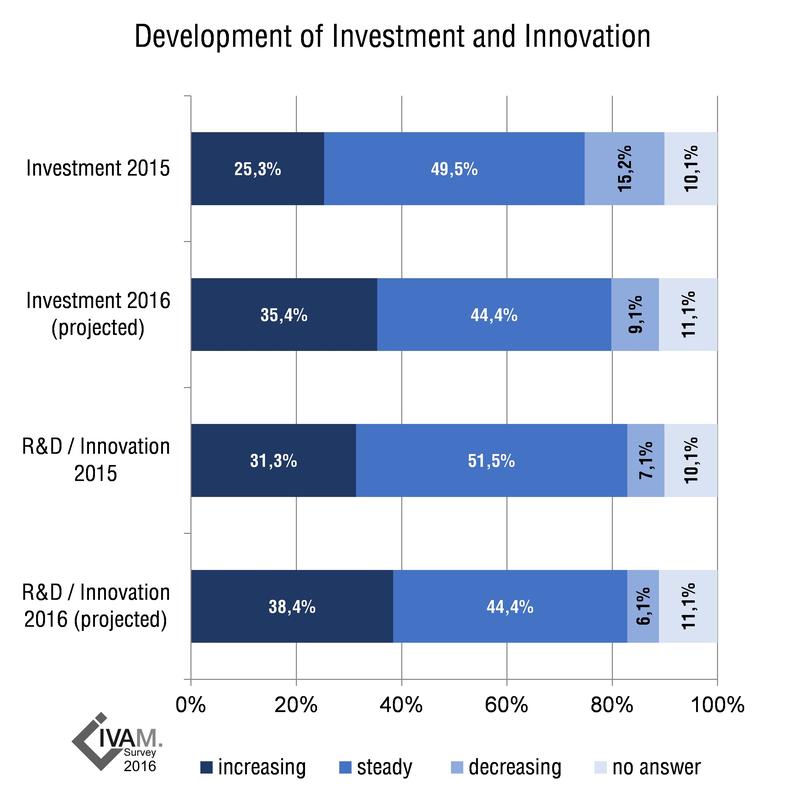

In a recently published study, Mayo Clinic researchers determined Math Learning Disorder (LD) is common among school-age children. Results show that boys are more likely to have Math LD than girls. The research also indicates that although a child can have a Math LD and a reading LD, a substantial percentage of children have Math LD alone. In fact, the cumulative incidence of Math LD through age 19 ranges from 6% to as high as 14%, depending on the Math LD definition. LD is used to describe the seemingly unexplained difficulty a person of at least average intelligence has in acquiring basic academic skills — skills that are essential for success at school, work and for coping with life in general. The results appear in the September-October issue of Ambulatory Pediatrics.
“Our research on the incidence of Math LD indicates that Math LD is common, affecting many children at some time during their school years,” says William Barbaresi, M.D., a Mayo Clinic developmental and behavioral pediatrician and an author of the study. “Our results support the notion that Math LD is an important problem that deserves attention from both researchers and educators.”
Despite the recognized importance of mathematics, the majority of learning disability research has focused on reading. The prevalence of Math LD has been estimated at anywhere from one percent to six percent of school-age children. Research on Math LD has been hampered by differing definitions of Math LD and poorly defined criteria for identifying it. Most studies have looked at the prevalence of Math LD, ignoring changes in the group of students being studied, and making it difficult to determine the precise number of children affected by Math LD.
In the current study, Mayo Clinic researchers used different definitions of Math LD, analyzed school records of boys and girls enrolled in public and private schools in Rochester, Minn., and examined information from the students’ medical records. They also looked at the extent to which Math LD occurs as an isolated learning disorder versus the extent to which it occurs simultaneously with Reading LD. This study is the first to measure the incidence — the occurrence of new cases — of Math LD by applying consistent criteria to a specific population over a long time. By considering the coexistence of Math LD and Reading LD across the students’ entire educational experience (i.e., from grades K-12), the research presents a more comprehensive description of this association.
Knowing that children are as likely to have Math LD as have Reading LD makes it critical for school staff to be aware that, regardless of how LD is defined, a significant number of children with Math LD do not exhibit associated reading problems. Given the educational focus on reading achievement, strategies that focus exclusively on identifying children with poor reading achievement will fail to identify and provide educational services for many children with Math LD.










